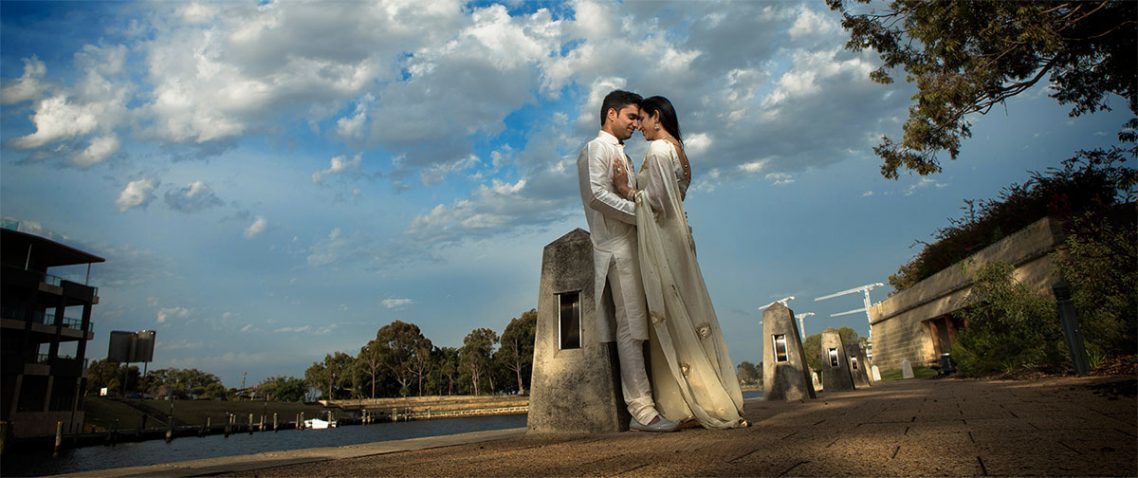If you ever remember having family photographs as a child your Mum would normally place you in the sunniest spot possible as obviously (from her point of view) the brightest spot would make for the best photo – right?
Now while ‘Mother knows best’ is often true, on this occasion it is definitely wrong. While sunshine is a photographers’ friend to keep light levels up, a cloudy day can be our best friend when it comes to ensuring consistency of lighting.
What happened when you stood in that sunny spot to smile back at the camera. You squinted your eyes if looking in to the sun or if the sun was behind you the image was bright in the background and you came up looking dark. Either way not a good outcome. For professional photographers shooting in the middle of a sunny day (especially during WA’s summer) gives too large a dynamic range – that is the highlights are too bright leaving bright spots and the shadows too black meaning you end up with no detail in these areas.
Cloud cover acts as a giant ‘softbox’ that diffuses the light and as a result softens and evens it across the subject (whether it be a family portrait, flower photo or landscape) and creates a light that will flatter almost any subject. It stops the horrible ‘raccoon eye’ effect that leaves subjects with dark circles around their eyes.
Cloud cover can also help make colour ‘pop’, so if you or your subject is wearing bright clothing the softer light will enhance the colours rather than wash them out like direct sunlight.
Clouds can also make for interesting background ‘texture’. We are very lucky to have endless days of blue skies in Perth but it can mean that photographs are a little bland or monotonous. With clouds – either big, white fluffy ones or darker dramatic storm clouds it can add an extra creative factor to a portrait.
A cloudy day isn’t without it’s challenges and if you don’t know what you are doing they can sometimes appear ‘flat’. A professional will know what to do with their camera settings to ensure this is not a factor – you might sometimes see photographers add in what is called ‘fill light’ with a flash or a reflector. This just adds back in some extra light or catch light to put highlights back in to the image where there isn’t enough direct light.
As photographers that specialise in family portraits on location we watch the weather nearly as much as farmers do!! We have to assess a location depending on whether it is going to be full sun, partly cloudy or completely overcast.
If you have a question about why one of your photographs has not worked out please feel free to share and we will happily give you some professional tips to remedy the problem.


